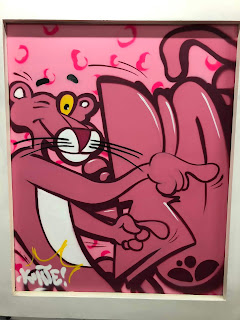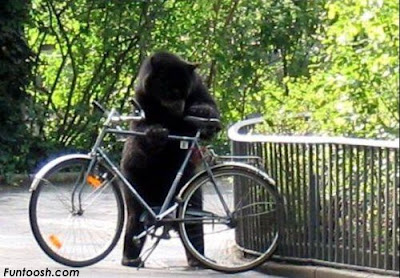Immigrants crowded together in conditions roaches and rats would have protested had Jacob Riis.
A couple of decades later, another exploited (and, to many, invisible) group of people had Lewis Wickes Hine.
Nearly a century before YouTube or podcasts, photographers Riis and Hine exposed the squalid and dangerous conditions in which the poorest and most vulnerable people lived and worked.
Riis is most famous for his dispatches (He worked as a journalist.) from New York's Lower East Side--in particular, the Five Points area, which was believed to have the highest rates of population density, infectious diseases and murder of any urban neighborhood in the world. Before Riis' photographs were published, few in New York's--or America's--more privileged classes had any idea of how people in such areas lived.
Hine, on the other hand, roamed the country and turned his focus (no pun intended) on child laborers. Just as housing, health and safety codes were nonexistent during Riis' peak years of the 1880s and '90's, so were laws against child labor in the early 20th Century, when Hine did most of his work.
Among the laboring lads Hine documented were bicycle messengers, at least one--like the youngster in the following photo-- as young as ten years old:
In the documentation accompanying the image, he is identified only as "Western Union No. 5", working as an "extra" in Danville, Virginia. He told Hine his boss was goint to lay him off for being too young, but an older messenger admitted they were trying to have him booted because he ate into their profits.
Earle Griffith and Eddie Tahoory worked for the Dime Messenger Service in Washington, DC. They said they never knew when they would go home at night--or whether they might get a call to the red light district. "The office isn't supposed to send us" but "we go when we get the call." As if to soften the blow--for themselves, perhaps--one of them added, "not very often."
Marion Davis, 14 years old, also made runs he wasn't "supposed to do" because he was under 16: He went to the (Alabama-Coushatta) Reservation. "The boss don't care and the cops don't stop me," he explained.
Here is another Texas messenger:
Unnamed, the 15-year-old was working for the Mackay Telegraph Company in Waco. He seems almost stylish--or is he just cocky? And is that a pipe in his mouth?
Also, look at his seat angle. Did he have any children?
Speaking of style, look at the handlebars ridden by Percy Neville of Shreveport, Louisiana.
Like Marion Davis, he was working in an area where he "wasn't supposed to": the city's red-light district.
A couple of decades later, another exploited (and, to many, invisible) group of people had Lewis Wickes Hine.
Nearly a century before YouTube or podcasts, photographers Riis and Hine exposed the squalid and dangerous conditions in which the poorest and most vulnerable people lived and worked.
Riis is most famous for his dispatches (He worked as a journalist.) from New York's Lower East Side--in particular, the Five Points area, which was believed to have the highest rates of population density, infectious diseases and murder of any urban neighborhood in the world. Before Riis' photographs were published, few in New York's--or America's--more privileged classes had any idea of how people in such areas lived.
Hine, on the other hand, roamed the country and turned his focus (no pun intended) on child laborers. Just as housing, health and safety codes were nonexistent during Riis' peak years of the 1880s and '90's, so were laws against child labor in the early 20th Century, when Hine did most of his work.
Among the laboring lads Hine documented were bicycle messengers, at least one--like the youngster in the following photo-- as young as ten years old:
In the documentation accompanying the image, he is identified only as "Western Union No. 5", working as an "extra" in Danville, Virginia. He told Hine his boss was goint to lay him off for being too young, but an older messenger admitted they were trying to have him booted because he ate into their profits.
Earle Griffith and Eddie Tahoory worked for the Dime Messenger Service in Washington, DC. They said they never knew when they would go home at night--or whether they might get a call to the red light district. "The office isn't supposed to send us" but "we go when we get the call." As if to soften the blow--for themselves, perhaps--one of them added, "not very often."
Marion Davis, 14 years old, also made runs he wasn't "supposed to do" because he was under 16: He went to the (Alabama-Coushatta) Reservation. "The boss don't care and the cops don't stop me," he explained.
Here is another Texas messenger:
Unnamed, the 15-year-old was working for the Mackay Telegraph Company in Waco. He seems almost stylish--or is he just cocky? And is that a pipe in his mouth?
Also, look at his seat angle. Did he have any children?
Speaking of style, look at the handlebars ridden by Percy Neville of Shreveport, Louisiana.
Like Marion Davis, he was working in an area where he "wasn't supposed to": the city's red-light district.















